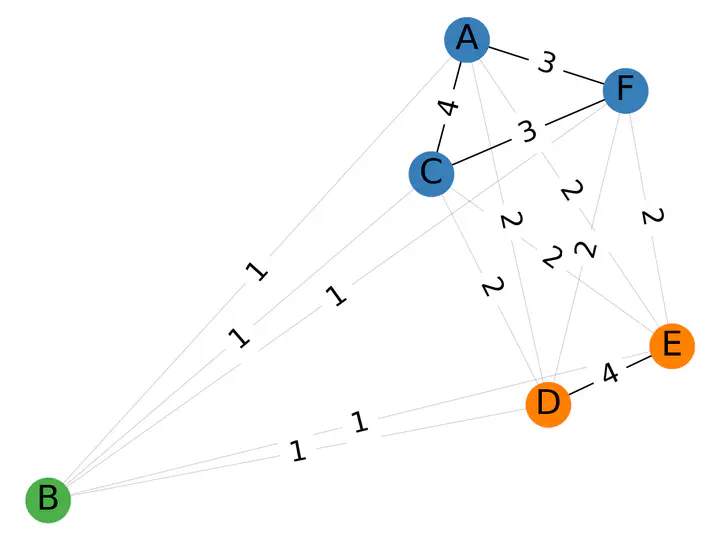Human and Computational Measurement of Lexical Semantic Change

Abstract
This thesis is concerned with the process of providing an evaluation for Lexical Semantic Change Detection, including (i) the definition of the basic concepts and tasks, (ii) the development and validation of data annotation schemes with humans, (iii) the annotation of a multilingual benchmark test set, (iv) the evaluation of computational models on the benchmark, their analysis and improvement, as well as (v) an application of the developed methods to showcase their usefulness in the fields of historical semantics and lexicography.
Human language changes over time. This change occurs on several linguistic levels such as grammar, sound or meaning. The study of meaning changes on the word level is often called ‘Lexical Semantic Change’ (LSC) and is traditionally either approached from an onomasiological perspective asking by which words a meaning can be expressed, or a semasiological perspective asking which meanings a word can express over time. In recent years, the task of automatic detection of semasiological LSC from textual data has been established as a proper field of computational linguistics under the name of ‘Lexical Semantic Change Detection’ (LSCD). Two main factors have contributed to this development: (i) The ‘digital turn’ in the humanities has made large amounts of historical texts available in digital form. (ii) New computational models have been introduced efficiently learning semantic aspects of words solely from text. One of the main motivations behind the work on LSCD are their applications in historical semantics and historical lexicography, where researchers are concerned with the classification of words into categories of semantic change. Automatic methods have the advantage to produce semantic change predictions for large amounts of data in small amounts of time and could thus considerably decrease human efforts in the mentioned fields while being able to scan more data and thus to uncover more semantic changes, which are at the same time less biased towards ad hoc sampling criteria used by researchers. On the other hand, automatic methods may also be hurtful when their predictions are biased, i.e., they may miss numerous semantic changes or label words as changing which are not. Results produced in this way may then lead researchers to make empirically inadequate generalizations on semantic change. Hence, automatic change detection methods should not be trusted until they have been evaluated thoroughly and their predictions have been shown to reach an acceptable level of correctness. Despite the rapid growth of LSCD as a field, a solid evaluation of the wealth of proposed models was still missing at the onset of this thesis. The reasons were multiple, but most importantly there was no annotated benchmark test set available. This thesis is thus concerned with the process of providing such an evaluation for LSCD, including
- the definition of the basic concepts and tasks,
- the development and validation of data annotation schemes with humans,
- the annotation of a multilingual benchmark test set,
- the evaluation of computational models on the benchmark, their analysis and improvement, as well as
- an application of the developed methods to showcase their usefulness in the targeted fields (historical semantics and lexicography).